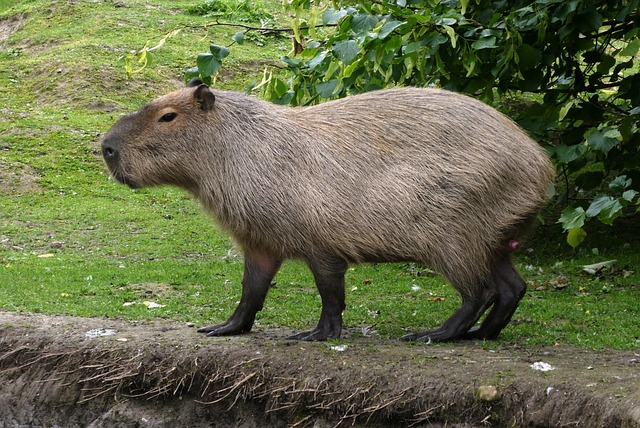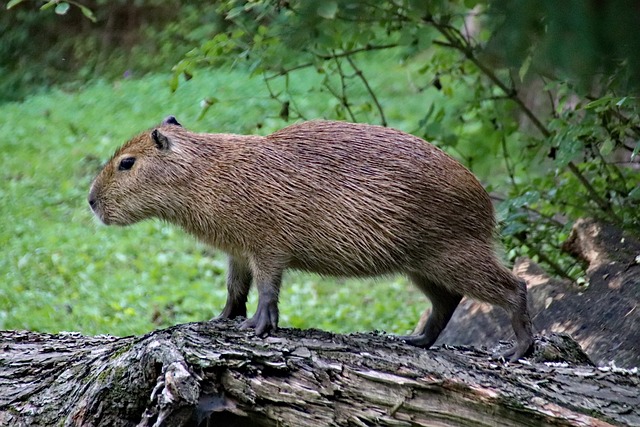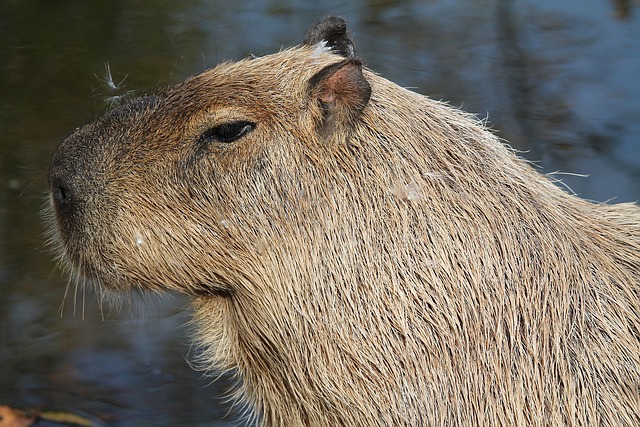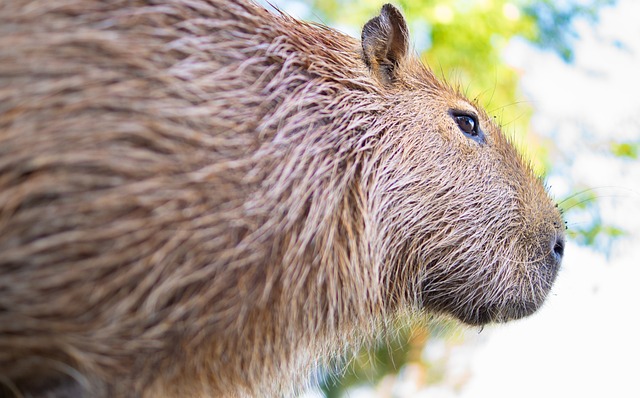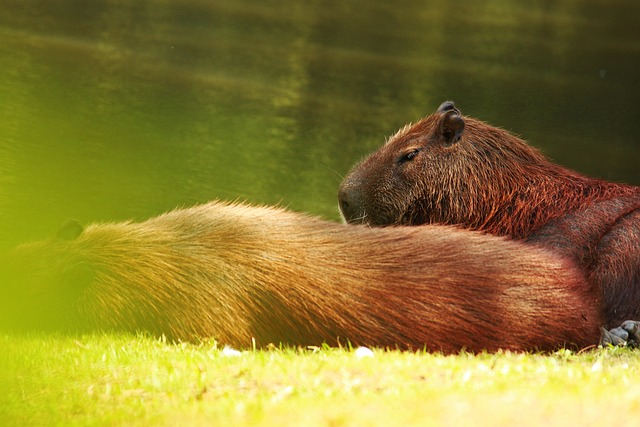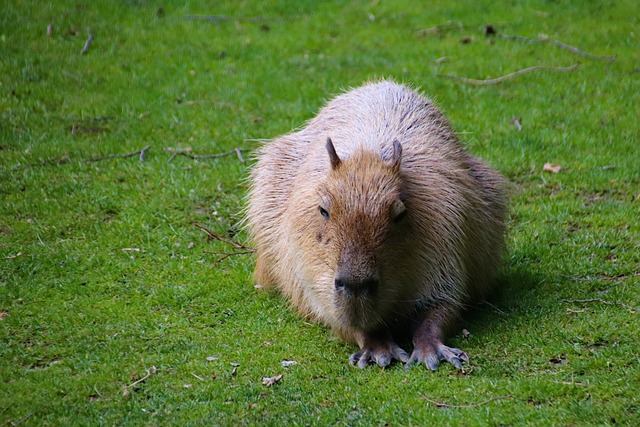Does Norway Have Capybaras: Unveiling the Presence of Exotic Wildlife in Scandinavia
Capybaras are the largest rodents in the world, native to South America. They thrive in lush habitats near bodies of water such as rivers, ponds, and marshes. Norway, characterized by its cold climate and varied landscapes that range from coastal fjords to forested hills, does not fall within the natural range of capybaras. The environmental…




